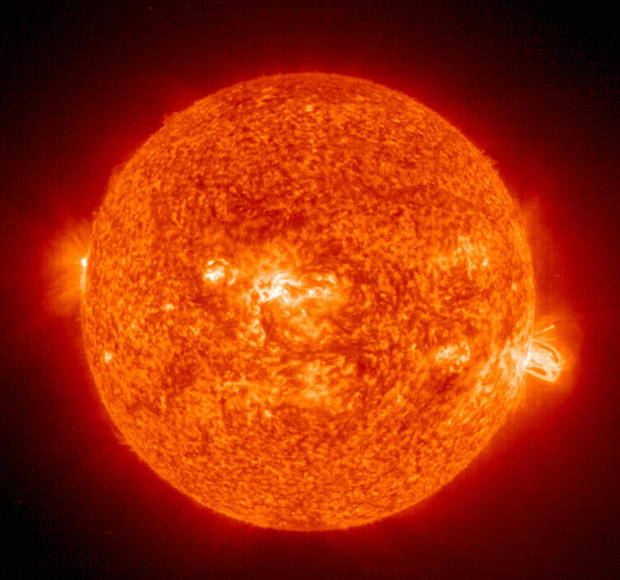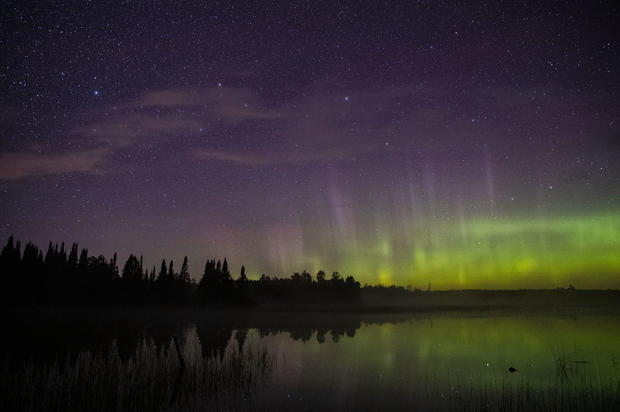The Sun could send storms to Earth in the next few days. According to the National Oceanic and Atmospheric Administration (NOAA), our blazing star exhaled a series of bursts on Sunday and is now headed in the direction of our planet, potentially triggering a powerful geomagnetic storm.
One of these bursts, called a coronal mass ejection (CME), is expected to collide and consume another burst, producing what is called a cannibalistic CME event. According to The Weather Channel, these events could trigger powerful geomagnetic storms, and in this case, it's headed in our direction.

NOAA expects CME to hit Thursday, but before that, the agency also blows up Earth. The solar wind is relatively fast, known as the repetitive fast streams of coronal holes, said Wednesday. The solar wind alone could bring about a small geomagnetic storm on Wednesday, but these conditions are expected to escalate to astrong state known asG3 as the solar burst emerges.
Due to the possible impact of CH HSS and CME, the G1-G3 watches will take effect on August 17-19, 2022. Too much information to tweet about this activity. To get the right information, visit the story on the web page athttps://t.co/SitaSD3blc. pic.twitter.com/E9K21u1TnJ
— NOAA Space Weather (@NWSSWPC) August 16, 2022
NOAA will At least four of the CMEs can have a direct impact on Earth.
Geomagnetic storms are ranked on the scale from G1 to G5, with G5 being the most extreme. According to NOAA, such cases could lead to widespread voltage control problems, resulting in a "complete collapse or blackout" in some power grids.
G3 storms, such as those anticipated, may require modification of some line voltage systems and may also cause false alarms in power protection devices.
Such storms can also produce the beautiful side effect of seeing auroras outside the normal area.
According to NOAA, the Aurora Borealis, also known as the Aurora Borealis, can be seen as far south as Illinois and Oregon if the G3 reaches it. The short-term forecast for Wright can be found here .


Lee Cohen is a social media producer and advocate for social justice issues. Trending Reporter for Focused CBS News.
Thank you for visiting CBS NEWS.
Create a free account or log in to
for more features.


